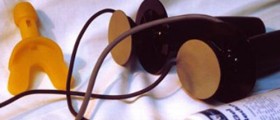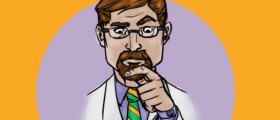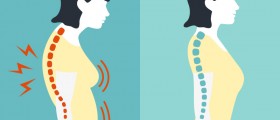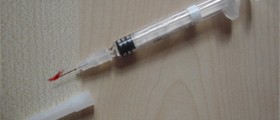
In case the person is diagnosed with the inflammation of one or even both sacroiliac joints, the choice of the therapy will greatly depend on the symptoms that have been present, as well as the underlying cause, which might be behind the problem. There are cases in which this condition is actually mistaken even by the doctors for some other condition that also results in the lower back pain, which is why it might be a good idea to try to get medical opinion of another doctor on your condition. However, when it comes to sacroiliitis, the fact is that the therapy usually consists of rest and medications, although physical therapy might be included in a number of cases as well.
The role of medications
As for the drugs that tend to be employed in such cases, pain relieves are definitely a number one. In cases in which pain is not categorized as severe, pain relievers that do not require medical prescription are often effective enough, but there are also cases in which it is necessary to prescribe narcotics, although the doctors avoid prescribing them on the long run due to their potential to form a habit. Muscle relaxants are the next on the list because they are helpful when spasms need to be reduced, which is more than common in such cases. Injections of corticosteroids might also be suggested, although here both, the doctors and the patients, need to be extremely cautious since a possible side effect is weakening of the sacroiliac joint’s bones and tendons. Medications classified as tumor necrosis factor inhibitors, as well as antirheumatic drugs, might help in relieving the symptoms in cases of ankylosing spondylitis.
The role of the physical therapy
Physical therapy is often suggested to patients with this problem, because there is a number of exercises that can be beneficial in numerous ways. Patients can learn them from a qualified physical therapist, who will teach them stretching and strengthening exercises primarily, and then even those that have a positive effect on the range of motion of the joint in question, as well as its flexibility. Besides, chiropractor and osteopath can also help by applying their techniques. The person might be recommended to wear supports or braces until the pain or inflammation are relieved.
Certain more or less invasive procedures that the doctors suggest only in cases in which neither medications nor physical therapy proved to be helpful even after a few months of treatment include joint fusion, radiofrequency denervation and electrical stimulation.
- medlineplus.gov/ency/patientinstructions/000610.htm
- www.nhs.uk/conditions/joint-pain/
- Photo courtesy of Official U.S. Navy Page by Flickr: www.flickr.com/photos/56594044@N06/5410902798/

















Your thoughts on this
Loading...